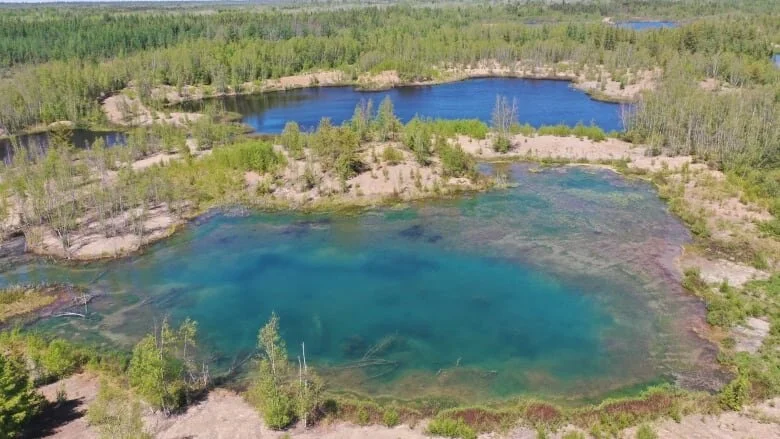"Every one of these bodies of water are man-made — there's hardly any natural ones here," he said, adding that some of the ponds are more than 30 metres deep. Allison Enright, an assistant professor of aqueous and environmental geochemistry at the University of New Brunswick, has studied the water at the former coal-mining site. She said there are tiny sediment particles in the water, remains from the mining activity and invisible to the naked eye. "They tend to stay floating or suspended within the water of the lake, and then this interacts with the light on the surface and in the water body to give you this really bright blue colour," she explained. As for why some of the ponds are a different colour blue, Enright said it just depends how much sediment is in each body of water. Despite the peculiar hues, she said, it's not dangerous. "In this area, over several decades of efforts to remediate, the pH of this water has been made completely safe," she said.
How microbes could help clean up Nova Scotia's abandoned mines
Researchers from three Maritime universities are hoping microbes collected from the bottom of a lake near an abandoned gold mine in Dartmouth, N.S., will provide a model for how to clean up contaminated sites across the province in a quicker and less-intrusive way. Last May, a research team took a boat to the middle of Lake Charles, not far from the former Montague gold mine, where extensive mining took place from 1860 to about 1940.



